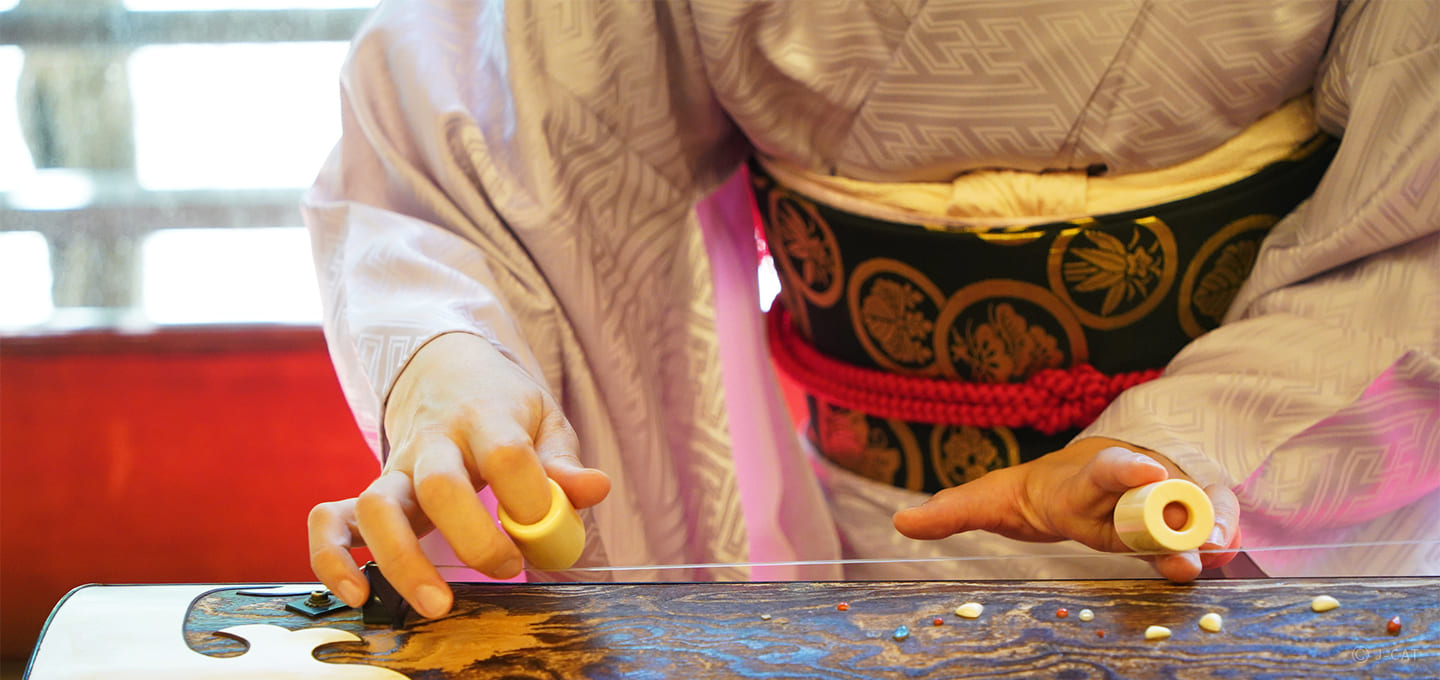
Special Experience
Kyoto/Osaka & around
Guided Tour of Kobe’s Sumadera, A Temple Associated With the Tale of the Heike
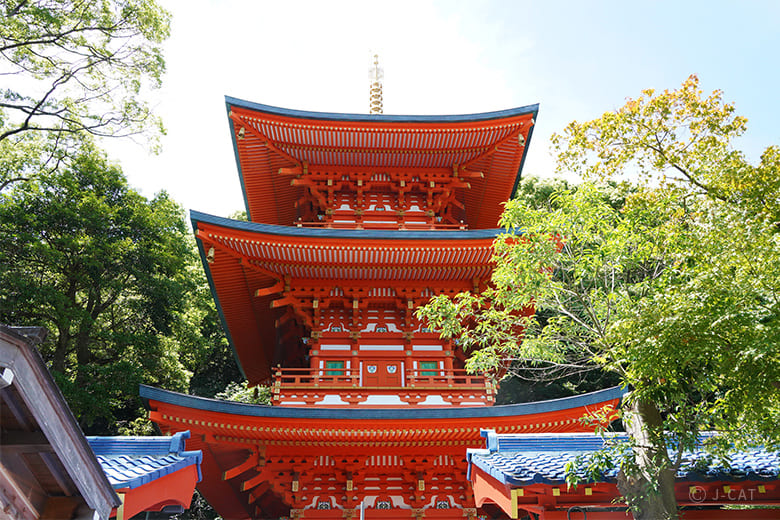
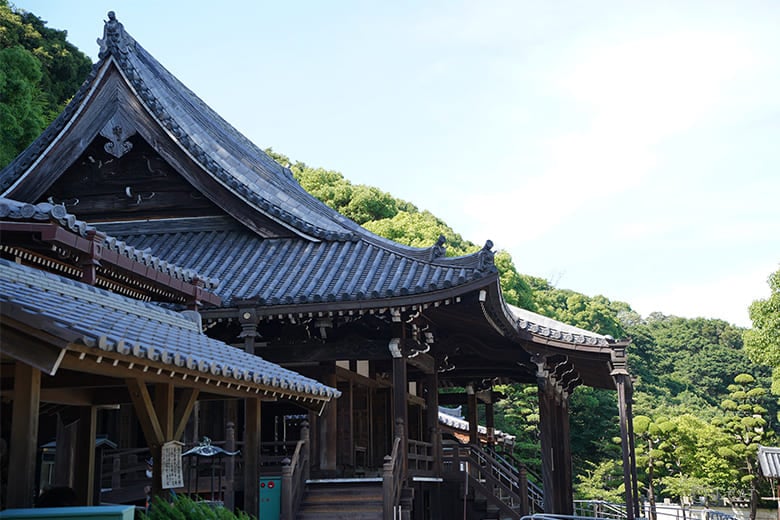
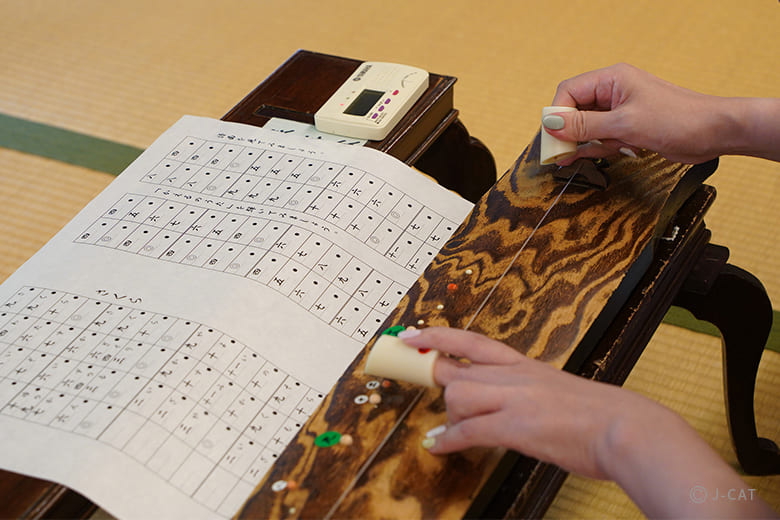
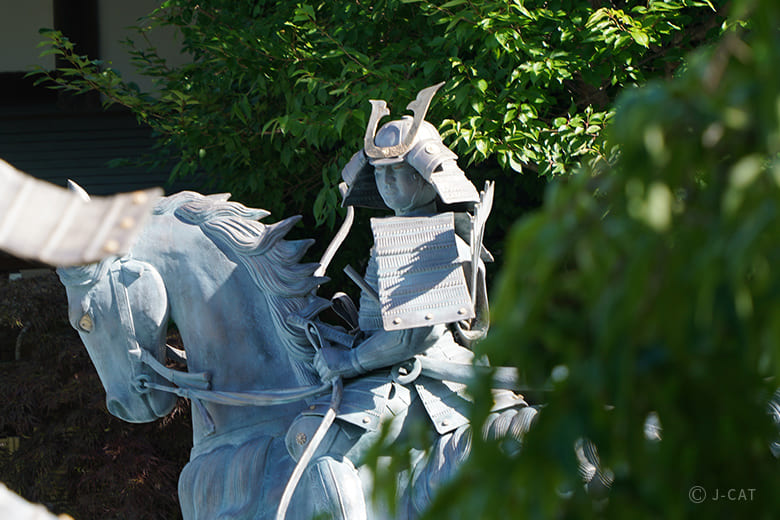
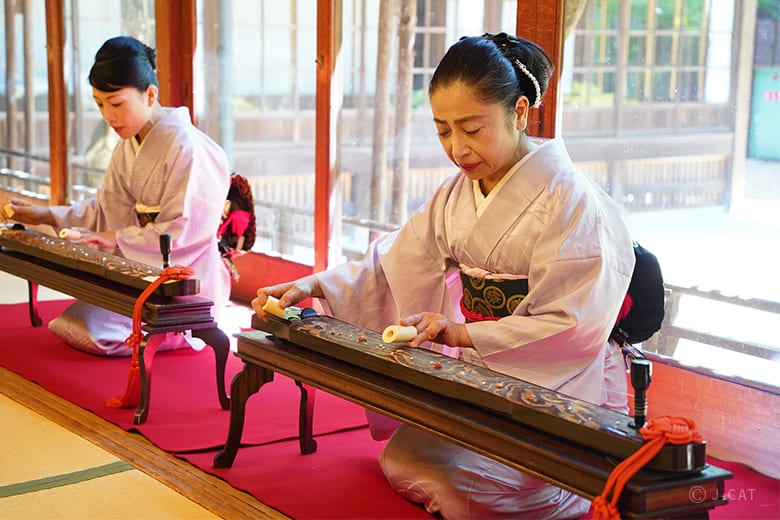
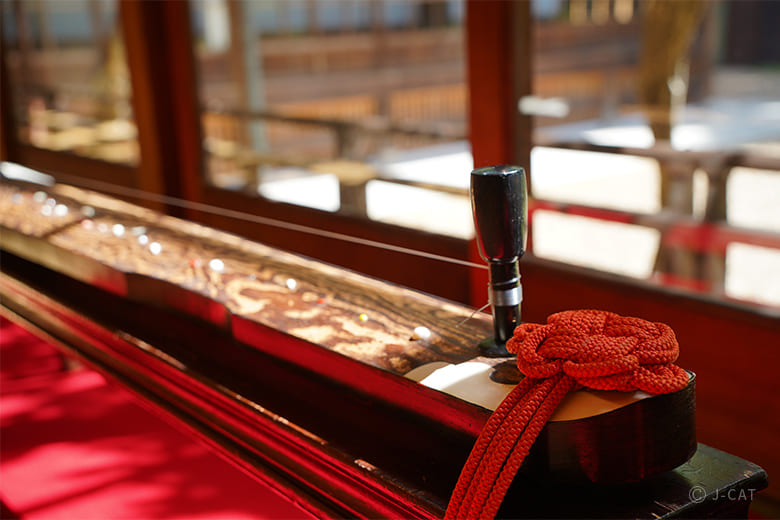
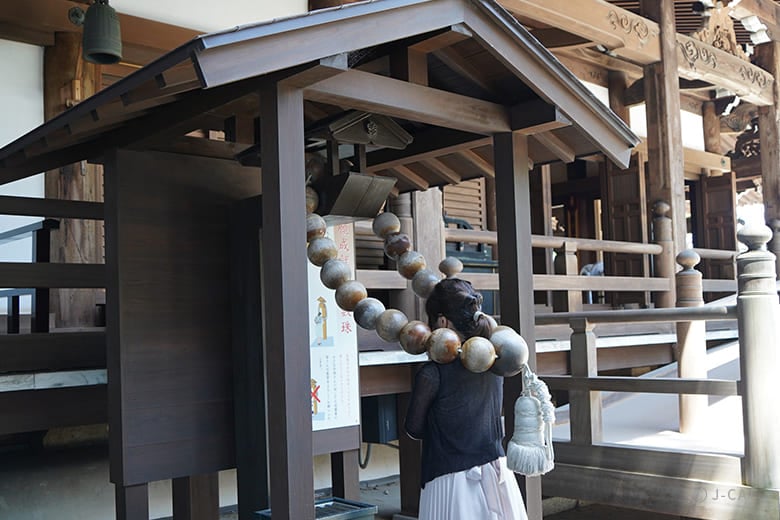
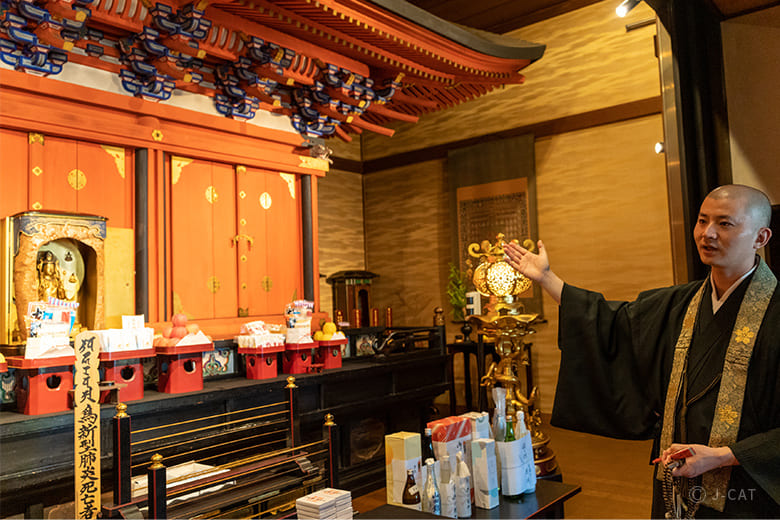
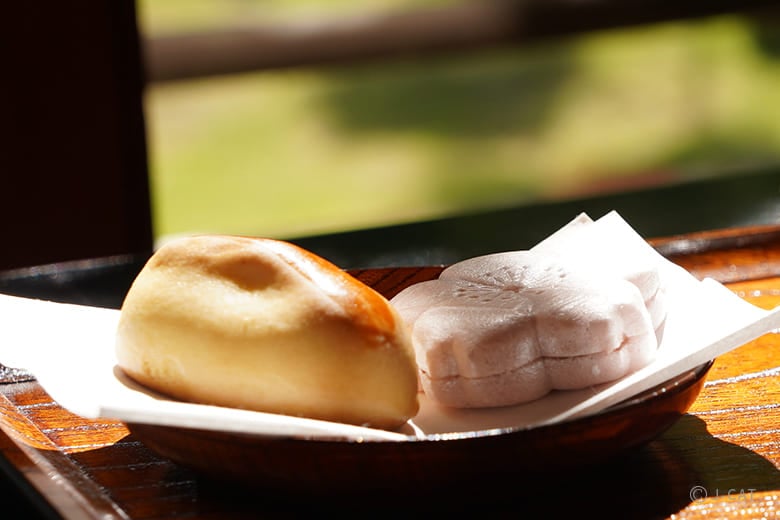









Overview
With a long history dating back to over 1,100 years ago, Sumadera in Kobe City, Hyogo Prefecture is a temple associated with the Genpei War, a five-year-long battle that was immortalized in the epic Heike Monogatari — The Tale of the Heike. This temple is also in possession of the oldest surviving sumagoto, a single-stringed koto zither.
On this experience, discover the real-life history behind the Tale of the Heike and related legends as you tour Sumadera with a monk. See artifacts that have been designated as Important Cultural Properties, as well as prized treasures from the temple’s collection — including the aforementioned sumagoto. As you tour the premises, visit landmarks with a connection to the Genpei War, and step foot into Sumadera’s inner sanctuary — normally off-limits to the general public. Finally, you’ll watch and listen to a sumagoto performance and try playing this instrument yourself.
Key Features
• Trace the long and rich history of one of Kobe’s oldest temples, and uncover the tales and legends associated with it
• As you tour the temple grounds with a monk, visit historical landmarks associated with the Genpei War and enter the inner sanctuary, normally off-limits to the public
• See the oldest surviving sumagoto — a single-stringed koto zither — in existence, then enjoy a sumagoto performance, and learn to play this instrument on your own
Kyoto/Osaka & around
120mins
from ¥20,000 /person
1 - 6 participants
Available in English
Cancel free up to 6 days prior
Details
Sumadera: A Temple with a History of Over a Thousand Years
Established in 886, during the early Heian period, Sumadera in Kobe City, Hyogo Prefecture is the head temple of the Suma school of Shingon Buddhism. Originally named Uenosan Fukujoji Temple, the temple has been called Sumadera since ancient times, and is known as such today.
With an array of sites on the temple grounds related to the Genpei War and a collection of cultural assets — some of which have been designated Important Cultural Properties, Sumadera is a temple with a rich history. However, despite the temple’s connection to the Genpei War and the Tale of the Heike, its grounds evoke nostalgia and bring about a sense of calm, making it a refuge for those seeking a moment of tranquility.
Sumadera is also associated with the sumagoto. Also known as “ichigenkin,” a sumagoto is a single-stringed koto zither. Legend has it that the sumagoto originated from this temple, and it is probably no coincidence that the “suma” in the instrument’s name uses the same characters as the one in “Sumadera.”
The temple’s treasury of artifacts includes Japan’s oldest surviving sumagoto, and Sumadera has established the Ichigen Sumagoto Preservation Society to keep the traditions associated with this instrument alive for generations to come.

The distinctive vermilion color of Sumadera’s three-storied pagoda, a symbol of the temple, provides a striking contrast to the greenery surrounding it.
Your guide for this tour will be a monk — perhaps even the social media-savvy deputy chief priest Younin Koike, who proactively finds ways for Sumadera to appeal to youths and even people from far across Japan: uploading videos to YouTube, publishing books, and so on.
A Bevy of Charming Objects on the Temple Grounds
An eclectic mix of charming objects with fascinating tales and beliefs behind them can be found on the temple grounds. This was an initiative by the former chief priest to bring smiles to visitors’ faces and put their hearts and minds at ease. Have fun looking out for these objects as you roam around the premises — how many will you be able to spot?

A worshipper lets giant prayer beads said to grant one’s heart’s desire rest on her shoulders. These beads are a hit among visitors.
One such object is a giant set of prayer beads that are believed to grant the heart’s desire of anyone who steps into the circle and lets the beads rest on their shoulders while praying. Other objects include a prayer wheel — with the Seven Lucky Gods inscribed on it — on the back of a turtle statue, and a clock with karakuri mechanical dolls depicting figures from the Genpei War.
Where Legends and History Intersect: Tracing Sumadera’s Connection to the Genpei War
The tour starts from Sumadera’s main gate, which is said to have been rebuilt by Minamoto no Yorimasa. Throughout the tour, you will see a variety of Important Cultural Properties, including landmarks that were mentioned in The Tale of the Heike.
One figure from the Genpei War with a close association to Sumadera is the young samurai Taira no Atsumori, nephew of clan head Taira no Kiyomori. His tragic death at the tender age of 16 or 17 at the hands of Kumagai Naozane, as depicted in Tale of the Heike, is considered by many to be the epic’s most tear-jerking moment.
This face-off, the Battle of Ichi-no-Tani, is said to have taken place in the area around Sumadera. Fittingly, at Genpei no Niwa, Sumadera’s dry landscape garden, statues of Taira no Atsumori and Kumagai Naozane face each other in a recreation of their fateful battle.
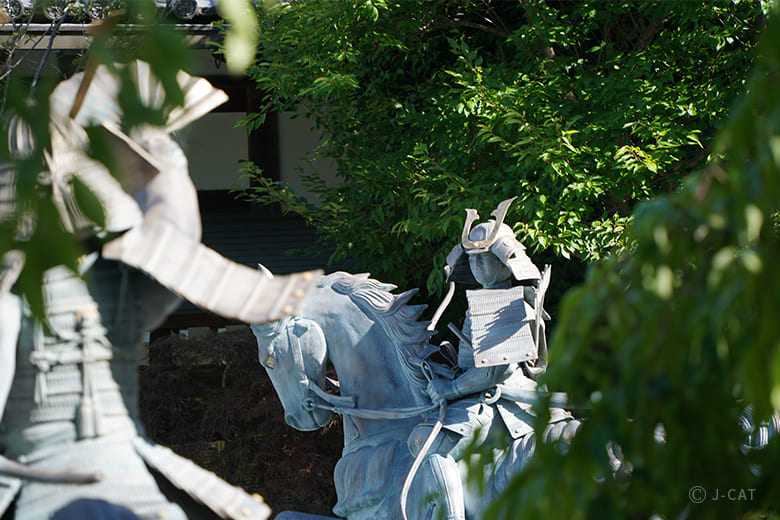
Pay close attention to the facial expressions on the statues of Taira no Atsumori and Kumagai Naozane, who killed the young man.
Taira no Atsumori’s beloved bamboo flute, Aoba no Fue, is among the treasures in Sumadera’s collection. Famous poets such as Matsuo Basho, Yosa no Buson, and Masaoka Shiki are said to have traveled all the way to Sumadera for an up-close look at Aoba no Fue.

On the right is Aoba no Fue; on the left is a komabue (transverse flute) that is said to be another of Taira no Atsumori’s beloved flutes.
A stroll around the temple grounds will take you back in time to the bloody days of the Genpei War. Other sites or objects of interest include the pine tree that military commander Minamoto no Yoshitsune is said to have sat on as he inspected Taira no Atsumori’s severed head, the pond where the head was washed, a burial mound for the young man’s head, and a bell that the warrior–monk Benkei is said to have carried.
Purify Your Body and Mind Within the Privacy of the Inner Sanctuary
Part of the temple tour is the opportunity to enter Sumadera’s inner sanctuary, which is normally off-limits to the general public. In this sacred space where ceremonies and memorial services are held, spend a moment to realign yourself and cleanse your body, mind, and soul.

The historic main hall, where the main deity of worship is Sho-kannon Bosatsu, the Bodhisattva Avalokitesvara.
As Sumadera has been stricken by calamity many times over, it has undergone numerous renovations and reconstructions. The main hall that stands today was rebuilt by Toyotomi Hideyori in 1602, while the altar in the inner sanctuary was built in 1368 and is a nationally designated Important Cultural Property.

Listen closely to the monk as you’re guided around the inner sanctuary to gain valuable insight into the objects around you.
Stepping into the inner sanctuary, with its dignified ambiance and calming silence, is like experiencing a sliver of history firsthand. You’ll have the opportunity to see the temple’s Roku Kannon statue, which is unavailable for public viewing; an Eleven-Faced Kannon statue carved during the Kamakura period; and Taira no Atsumori's mortuary tablet.
Be Moved by a Sumagoto Performance, and Try Playing the Sumagoto Yourself
Following the temple tour, familiarize yourself with the sumagoto in a hall that overlooks the garden. As its name implies, the sumagoto traces its origins to the Suma area during the Heian period.
According to one origin story for the sumagoto, when the poet Ariwara no Yukihira — the rumored inspiration for the playboy Hikaru Genji — was exiled to the coasts of Suma, he came up with an improvised musical instrument to cope with his newfound solitude. He tied a string to a wooden board with a single silk thread, and the string would then produce sound when plucked. This would eventually become the sumagoto.
It’s also said that the sumagoto was beloved among Japanese scholars and late Edo-period patriots such as Ryoma Sakamoto and Shozan Sakuma. Sumadera Temple now holds the oldest surviving sumagoto in existence, and it has established the Ichigen Sumagoto Preservation Society to ensure that the sumagoto tradition will live on for generations to come.

This is a rare and precious opportunity to enjoy a sumagoto performance, as this instrument and koto players who specialize in it are few and far between nowadays.
Sit down to enjoy a live sumagoto performance by members of the Ichigen Sumagoto Preservation Society. Listen to the song "Suma," which tells of the creation of the sumagoto and is performed with utmost devotion and passion by Preservation Society members to this day.
Though it has but one string, the sumagoto, which is played in accompaniment with singing, has a distinctly expressive tone. The reverberating dark bass of this instrument tells a cohesive story by evoking a variety of imagery, from the sound of waves crashing on the shore and the wind blowing. In no time, you’ll be picturing Ariwara no Yukihira’s melancholic days on the coast of Suma, which might even move you to tears.

Immerse yourself in koto playing as you learn to pluck the strings and make beautiful melodies.
After the performance, you’ll learn to play the sumagoto yourself under the watchful guidance of an instructor. By the end of the experience, even a total beginner should be able to play a simple tune. The sheet music is arranged in an extremely beginner-friendly way, such that even those who cannot read musical notes will be able to learn fairly quickly. Chairs are available, so those who find it uncomfortable to sit on their knees for too long need not worry — you don’t have to sit seiza-style to play the sumagoto.
Once you actually play the sumagoto, you'll be amazed by how versatile it is at producing sound despite having only one string. Experience firsthand the magnificent splendor of this ancient instrument for yourself as you give it a try.
Enjoy a Moment of Relaxation as You Gaze Out at the Beautiful Garden
The experience will come to a close with a few closing words from your instructor, as well as some sweets as a token of hospitality: a sumagoto-inspired confection and the wafer-like Sumadera sakura monaka.

As a mark of the temple’s hospitality, take home a sweet inspired by the sumagoto and Sumadera sakura monaka.
“The first thing to know about the sumagoto is simply to be aware of its existence — many people are unfamiliar with it,” the instructor explains. “But experience it just once, and you’re sure to be instantly captivated. It’s not a formal instrument at all; it’s easy even for beginners and non-professional players to familarize themselves with it. And so, I’d really like more people to be able to enjoy live sumagoto music at least once in their lifetime. If even just one encounter with the sumagoto will get people interested in mastering it, that’d be even better!”

The Ichigen Sumagoto Preservation Society is an Important Intangible Cultural Property of Hyogo Prefecture.
From significant Genpei War landmarks to the rare sumagoto, Sumadera welcomes you to appreciate its rich and diverse array of cultural assets firsthand. Take part in this experience now for immersive opportunities that you’ll be hard-pressed to find elsewhere.
Sumadera Temple

Sumadera Temple
The head Sumadera Temple across Japan, Kobe City’s Sumadera is a Shingon Buddhist temple that was established in 886. It is home to an array of nationally designated Important Cultural Properties, prized artifacts, and landmarks associated with the Genpei War and The Tale of the Heike. Fondly nicknamed “Suma no Daishi-san” by locals, Sumadera sees crowds of worshippers on the 20th and 21st of each month, the temple’s auspicious days.
As Sumadera is in possession of the oldest surviving sumagoto zither, it strives to keep this instrument and the traditions associated with it alive through the Ichigen Sumagoto Preservation Society, which holds sumagoto performances and workshops.
Customer's Voice
Loved every second! The presence of the Monk explaining us the Buddhist values and listening to the traditional Japanese music!
K.N. Greece
Location
Sumadera Temple
Suma Ward, Kobe, Hyogo
Request for booking
Select first preferred date (JST)
January 2026
Sun
Mon
Tue
Wed
Thu
Fri
Sat

Instant Booking

Request Booking

17
Full

17
Unavailable
Kyoto/Osaka & around
120mins
from ¥20,000 /person
1 - 6 participants
Available in English
Cancel free up to 6 days prior
Things to know
Contact Us
If you have any questions, please contact us using the form below.
We also accept bookings from corporate clients and travel agencies.